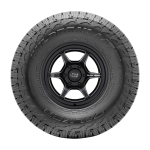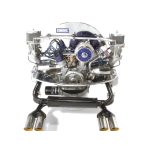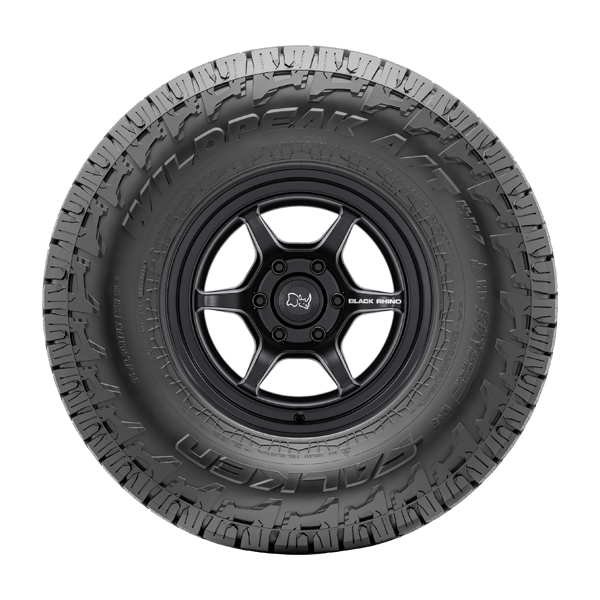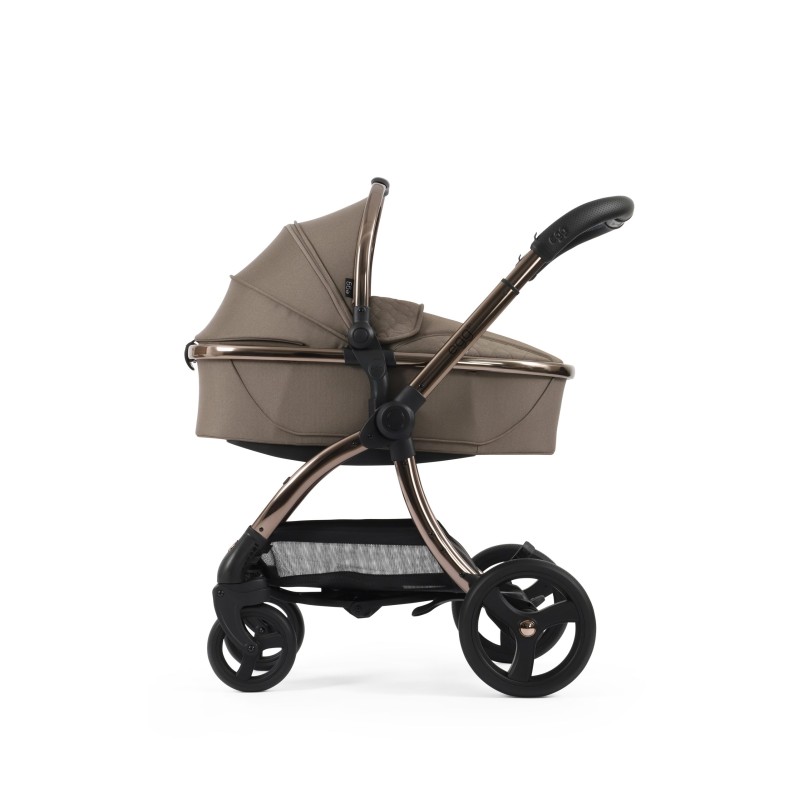Important Age, Weight, and Height Requirements
When front facing car seat? Prioritizing your child’s safety necessitates knowing the vital age, weight, and height benchmarks for front facing car seats. Typically, a child must be at least two years old before considering a front-facing position. However, age is not the sole factor. Children should also reach the maximum weight or height permitted by their rear-facing car seat, as these limits directly influence how the car seat will perform in a crash.
Children often outgrow the height limit before the weight limit — a key sign it’s time to switch. The height requirement generally means their head is less than an inch from the top of the car seat. As for weight, many car seats can accommodate children up to 65 pounds or more. It’s crucial to check the specifications of the particular front facing car seat you plan to use, as these numbers vary among different brands and models.
Always refer to the car seat’s manufacturer guidelines to ensure your child fits within the recommended range. And remember, reaching these milestones doesn’t instantly mean you should switch to a front facing car seat. If possible, maintain the rear-facing position until you hit the upper limits, as it offers the best protection for your child’s developing spine and neck in the event of an accident.
The Right Time to Make the Transition

Deciding the proper moment to switch to a front facing car seat is critical. It’s more than just reaching age, weight, and height limits. The right time balances these factors with your child’s overall development and the car seat manufacturer’s guidelines. Here are points to consider when determining the right time:
- Developmental Readiness: Ensure your child can sit upright unassisted. Neck and head control is crucial for the front facing position.
- Car Seat Limits: Check the maximum weight or height limit of the current rear-facing car seat. Surpassing these limits signals it might be time to switch.
- State Laws: Adhere to your state’s regulations regarding when to transition to a front facing car seat. Laws vary by state and should always be followed.
- Manufacturer’s Advice: Read the car seat manual thoroughly. The manufacturer may provide specific instructions or recommendations for transitioning to front facing.
- Consult Professionals: If uncertain, consult a certified child passenger safety technician. They can offer personalized advice based on your child and car seat model.
Remember, keeping your child in a rear-facing seat for as long as possible is the safest option. Only make the transition when it’s clear that all factors align for a safe switch to a front facing car seat. Safety is the top priority, so take the time to assess your child’s readiness thoroughly.
Types of Front Facing Car Seats
When it’s time to choose a front facing car seat for your child, several types stand out. Each variety comes with its own set of features and suitability for different stages of your child’s growth. Here are the main types of front facing car seats to consider:
- Convertible Car Seats: These seats transition from rear to front facing and suit children as they grow. Convertible seats typically have higher weight and height limits.
- Combination Car Seats: These are forward-facing seats that convert to a booster seat as your child grows. They do not have a rear-facing option and are ideal for kids who have outgrown their infant seat.
- Forward-Facing Only Car Seats: These are made exclusively for front facing use. They are a good choice for children who have surpassed the rear-facing car seat limits.
- All-in-One Car Seats: Also known as 3-in-1 seats, these offer versatility from rear-facing to front facing, and eventually to a booster seat. They are designed to cater to your child’s needs for several years.
When selecting a front facing car seat, always check the weight and height limits to ensure they align with your child’s size. Also, look for seats that offer adjustable harnesses and multiple recline positions for comfort and safety. The right car seat can offer a snug and secure fit, supporting your child during every car ride.
It’s essential to strike a balance between the seat’s features and your child’s comfort and safety. Always follow manufacturer guidelines and state laws to make an informed decision. And remember to register your car seat with the manufacturer for safety alerts or recalls.
Installation Tips for Maximum Safety
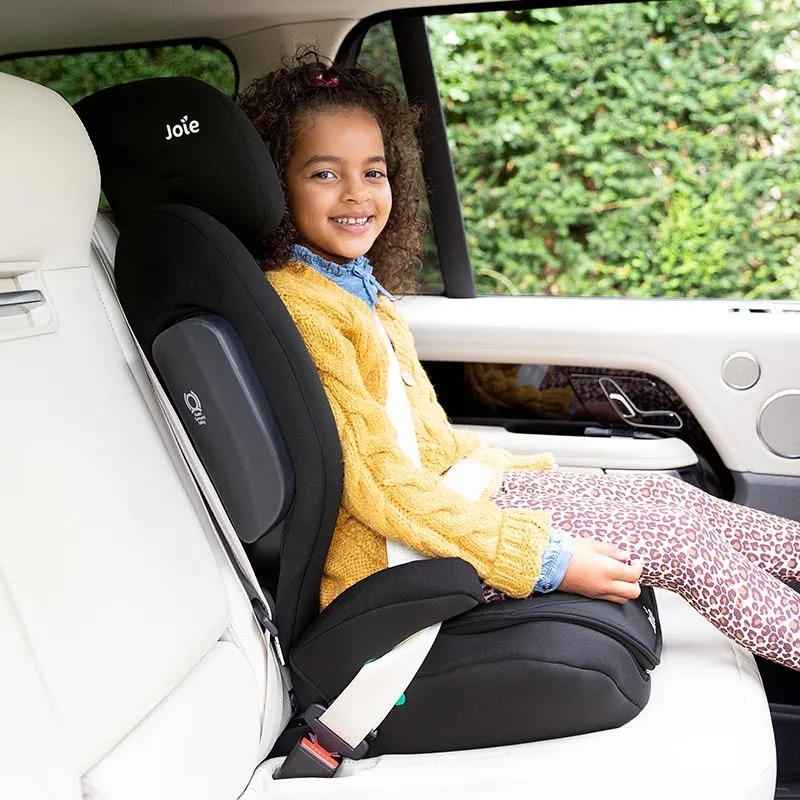
When you decide to switch to a front facing car seat, proper installation is key to your child’s safety. Follow these steps to ensure maximum protection:
- Read the Manual: Always start by reading the car seat’s instruction manual. It’s your guide for correct installation.
- Positioning the Car Seat: Place the seat in the back and align it according to the car’s seat belt or LATCH system.
- Securing the Seat: If using a seat belt, make sure it runs through the correct path on the car seat. If using LATCH, attach the hooks tightly.
- The Inch Test: After installation, tug at the base of the car seat. It should not move more than an inch side to side or front to back.
- Harness Slots: Position the harness slots at or just above your child’s shoulders for a front facing car seat.
- The Pinch Test: Once your child is harnessed in, try to pinch the strap at the child’s shoulder. You shouldn’t be able to pinch excess webbing.
- Locking the Seat Belt: If using a seat belt, make sure it is in the locked mode according to the car’s owner manual to prevent it from loosening.
Remember, an incorrectly installed car seat can significantly reduce its effectiveness in a crash. Take time to install it right, and when in doubt, consult a professional. Certified child passenger safety technicians are available nationwide to help with proper car seat installation. Utilize these tips when installing your front facing car seat to keep your little one safe on all your journeys.
Adjusting the Harness for a Secure Fit
Ensuring your child’s harness is snug and secure is essential for their safety in a front facing car seat. Below are steps to adjust the harness correctly:
- Check the Slot Height: Start by making sure the harness slots are at or just above your child’s shoulders. This position provides the best support during a crash.
- Remove Slack: Before buckling your child in, remove any slack from the harness. Ensure the straps lie flat against your child’s body, without any twists.
- Buckle and Tighten: Fasten the harness buckle and tighten the straps. They should be snug, so you cannot pinch any excess webbing at the shoulder.
- Chest Clip Position: Place the chest clip at armpit level. This helps keep the harness straps properly positioned on your child’s shoulders.
- Recheck Regularly: As children grow, you’ll need to adjust the harness periodically. Check the fit before each trip to ensure continued safety.
Securing your child with a properly adjusted harness is a routine but vital step when using a front facing car seat. By following these guidelines, you’ll provide robust protection for your little one as you travel.
Safety Checks to Perform Before Every Trip
Before every car trip, it’s imperative to run through a few quick safety checks to guarantee your child’s protection in their front facing car seat. Here is a checklist to help you ensure that everything is in place and secure:
- Harness Snugness: Begin by ensuring the harness straps are snug against your child’s body. There shouldn’t be any excess slack.
- Harness Buckle: Confirm that the harness buckle is fastened securely and sits at the correct height on your child’s chest.
- Chest Clip: Check the chest clip is at armpit level to keep the harness straps on your child’s shoulders.
- Car Seat Movement: Give the car seat a quick shake. It should not move more than an inch in any direction.
- Strap Position: Look at the straps. They should be at or just above your child’s shoulders for a front facing seat.
- Loose Items: Ensure there are no loose items in the vehicle that could become projectiles in a crash.
- Car Seat Angle: Ensure the car seat’s angle aligns with the manufacturer’s recommendations for front facing seats.
Performing these checks takes only a few minutes but can make a significant difference in safety for your child. Make this routine a non-negotiable part of your pre-trip preparations.
Common Mistakes to Avoid When Using Front Facing Car Seats
When transitioning your child to a front facing car seat, it is critical to avoid common pitfalls that could compromise their safety. Here are some mistakes parents and caregivers often make, and how to steer clear of them:
- Turning Too Soon: Moving your child to a front facing car seat before they meet the age, weight, and height requirements is a risk. Wait until they truly outgrow the rear-facing seat limits.
- Improper Installation: A front facing car seat needs to be installed firmly. Avoid a loose fit that can move more than an inch side to side or front to back.
- Incorrect Harness Usage: Always position the harness correctly. The straps should be at or just above the child’s shoulders, with no slack, twists, or excess webbing.
- Misplacing the Chest Clip: Keep the chest clip at armpit level, not too high or low. This ensures the harness remains in place to protect your child.
- Forgetting to Adjust as They Grow: Children grow quickly, and the car seat must be adjusted regularly. Failing to do so can make the harness ineffective in a crash.
- Ignoring Car Seat Recalls: Stay informed about any recalls on your car seat model. Unaddressed recalls can leave your child vulnerable to avoidable hazards.
- Using the Wrong Seat Belt Path: When switching to front facing, ensure the seat belt or lower anchor goes through the correct path to secure the car seat properly.
- Not Reading the Manual: Each car seat comes with specific instructions. Avoid assumptions and refer to the manual for the correct use of features and installation.
By avoiding these common mistakes, you ensure that your child has the most secure and safe ride possible in their front facing car seat. Always stay vigilant and routinely check your child’s car seat setup before you embark on any journey.
Knowing the Laws and Regulations in Your Area

Understanding the laws and regulations about when to switch to a front facing car seat in your area is crucial. It ensures that you comply with legal requirements and provide the best protection for your child. Here are steps to stay informed and in line with the law:
- Check State Regulations: Car seat laws can vary greatly from state to state. Find out your state’s specific rules by visiting the official DMV or DOT website or contacting them directly.
- Know the Age and Size Limits: States may have different age, weight, and height requirements for car seat transitions. Ensure you know these before making the switch.
- Stay Updated on Changes: Laws can change. Keep an eye on news updates or sign up for alerts from child safety organizations.
- Seek Expert Advice: If you’re uncertain about the regulations, talk to a child passenger safety technician. They are up to date with the latest laws and can provide guidance.
Remember, while following your state’s laws is important, the manufacturer’s guidelines for your specific car seat model should also be considered. Balancing both sets of recommendations will help maximize safety for your child during car travel.




